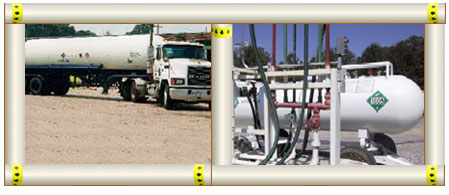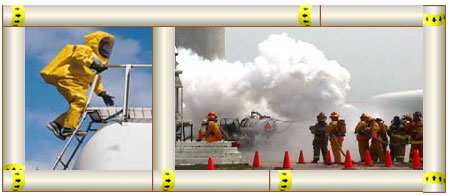Ammonia Refrigeration eTool
Anhydrous ammonia is widely used as refrigerant in industrial facilities such as:
- meat, poultry, and fish processing facilities,
- dairy and ice cream plants,
- wineries and breweries,
- fruit juice, vegetable juice, and soft drink processing facilities,
- cold storage warehouses,
- other food processing facilities,
- seafood processing facilities aboard ships, and
- petrochemical facilities.
Ammonia refrigeration systems with 10,000 pounds or more of ammonia are a covered process subject to the requirements of the Process Safety Management Standard [29 CFR 1910.119]. Many of these requirements are identified in this e-tool as possible controls and are useful as recommended practices whether or not the ammonia refrigeration system is a covered process. As mentioned in 29 CFR 1910.119 Appendix C, smaller businesses which may have limited resources might consider reductions in inventory or dispersing inventory to several locations to reduce the risk from an ammonia release.
This eTool is designed to assist employers and employees in identifying and controlling the hazards associated with the operation and maintenance of ammonia refrigeration systems. This eTool consists of Ammonia Receiving and Storage and Emergency Response modules. Other operations include condenser area, piping and pressure vessels, refrigeration spaces, and the machine room.
See OSHA's Workers' Rights page for more information on rights and protections.
Note: eTools are "stand-alone", illustrated, Web-based training tools on occupational safety and health topics. As indicated in the disclaimer, eTools do not create new OSHA requirements.



